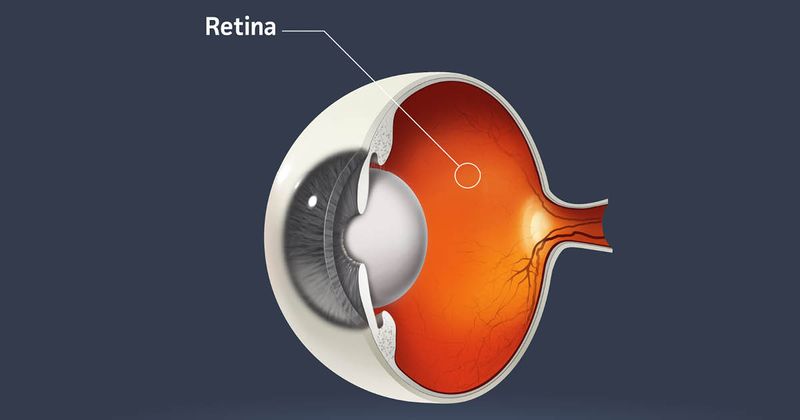Phase 3 Pagoda trial meets primary endpoint goal for DME
Click Here to Manage Email Alerts
The Pagoda trial has met its primary endpoint in treating diabetic macular edema, according to a speaker.
Phase 3 trial results showed ranibizumab 100 mg/mL delivered via the Port Delivery System with a 24-week refill rate was noninferior to monthly ranibizumab 0.5 mg injections for the treatment of diabetic macular edema in BCVA change from baseline.

Image: Adobe Stock
“The Port Delivery System is designed for continuous delivery of ranibizumab,” Arshad M. Khanani, MD, MA, FASRS, said at Angiogenesis, Exudation, and Degeneration 2023. “For diabetic macular edema, it offers a strategy to maintain clinical benefits of monthly intravitreal anti-VEGF therapy while reducing overall treatment burden.”
The phase 3 Pagoda trial was designed to investigate the efficacy, safety and pharmacokinetics of DME treatment using the Port Delivery System (PDS, Genentech). The primary endpoint of the trial was noninferiority of the PDS with refill-exchange every 24 weeks compared with intravitreal injections of ranibizumab every 4 weeks based on best corrected visual acuity averaged over weeks 60 and 64. The study included 634 patients with DME who were randomly assigned to treatment with the PDS (381 patients) or intravitreal ranibizumab (253 patients).
Adjusted mean change from baseline in BCVA score was 9.6 letters, averaged over weeks 60 and 64, in patients treated with the PDS compared with 9.4 letters in patients treated with intravitreal ranibizumab.
The PDS was generally well tolerated, with no reported cases of endophthalmitis or retinal detachment after implantation through week 64 of the study. Ocular adverse events of special interest after the procedure, such as implant dislocation, septum dislodgement and vitreous hemorrhage, were manageable.
The PDS also showed “comparable and clinically significant improvements” in central subfield thickness and diabetic retinopathy compared with ranibizumab injections, Khanani said.
More than 95% of patients treated with the PDS did not receive any supplemental treatments between refills of ranibizumab across two refill cycles.
“PDS Q24 weeks resulted in robust vision outcomes compared to monthly ranibizumab 0.5 mg injections,” Khanani said. “Continuous delivery of ranibizumab with PDS resulted in vision and anatomical outcomes comparable to monthly injections.”
The PDS, now known as Susvimo, was approved for the treatment of wet age-related macular degeneration in 2021.
Editor's note: On March 16, 2023, this lead, headline, lead paragraph and caption were updated to better reflect the results of the study.

